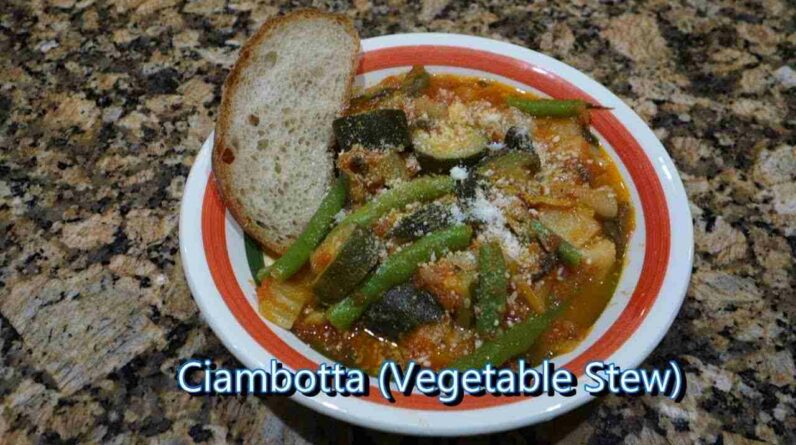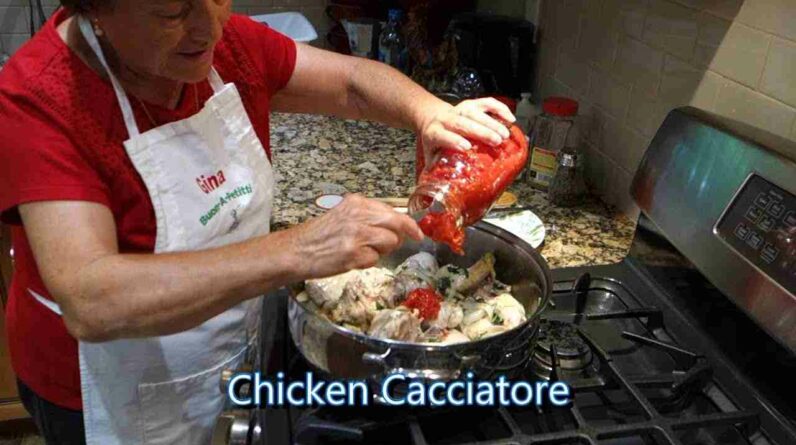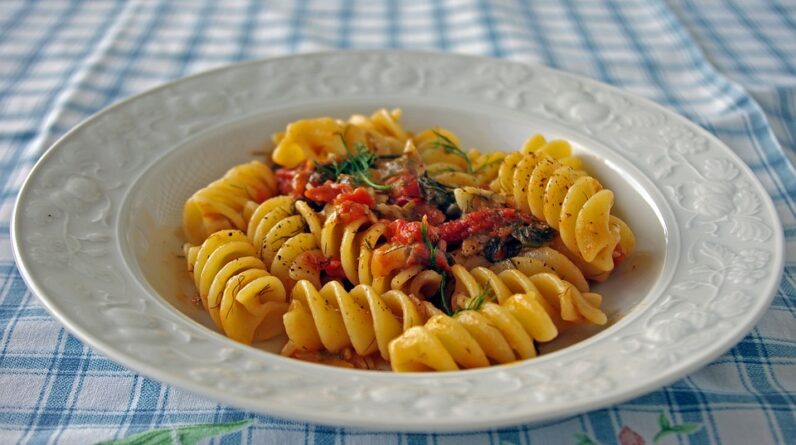A guide to Italian wine grapes and their characteristics
Italy, a country renowned for its rich history, stunning landscapes, delectable cuisine, and, of course, exceptional wines, is home to a diverse array of indigenous grape varieties. With over 350 officially recognized grape varieties and potentially many more in use, Italian wine is characterized by its regional diversity and unique flavors. This guide aims to explore some of the most well-known Italian wine grapes and their distinct characteristics, offering wine enthusiasts a deeper appreciation for Italy’s vinous bounty.
1. The Influence of Terroir on Italian Wines
Before delving into individual grape varieties, it’s essential to understand the concept of terroir. Terroir refers to the combination of geographic, climatic, and soil conditions that influence the character and quality of wine. In Italy, this concept is particularly significant as the country’s varied landscapes create distinct microclimates and soil compositions that contribute uniquely to each region’s wines. From the lush valleys of Tuscany to the volcanic soils of Sicily, Italy’s terroir significantly shapes the qualities of its wines.
2. Major Italian Wine Regions
Italy’s wine regions are numerous and diverse. Here are a few of the most notable:
- Tuscany: Famous for Chianti, Brunello di Montalcino, and Vino Nobile di Montepulciano.
- Piedmont: Known for Barolo, Barbaresco, and Moscato d’Asti.
- Veneto: Home to Amarone, Prosecco, and Soave.
- Sicily: Renowned for Nero d’Avola and Marsala.
- Puglia: Celebrated for Primitivo and Negroamaro.
Each of these regions cultivates grape varieties that thrive in their specific terroir, resulting in wines with distinct characteristics.
3. Key Italian Wine Grapes
3.1. Sangiovese
- Region: Predominantly Tuscany
- Characteristics: Sangiovese is the most widely planted grape in Italy, known for its high acidity, firm tannins, and medium to full body. The wines often exhibit flavors of cherry, plum, and red currants with earthy and herbal notes. It is the backbone of Chianti and is also used in Brunello di Montalcino and Vino Nobile di Montepulciano.
3.2. Nebbiolo
- Region: Piedmont
- Characteristics: Nebbiolo is famous for producing the powerful and complex wines of Barolo and Barbaresco. These wines typically have high tannins and acidity, with aromas and flavors of tar, roses, cherry, truffle, and earthy undertones. Nebbiolo wines are often best after several years of aging.
3.3. Barbera
- Region: Piedmont
- Characteristics: Barbera is known for its deep color, low tannins, and high acidity. The wine often has flavors of red and black fruits, such as cherry, blackberry, and raspberry, with notes of spice and a touch of earthiness. Barbera d’Asti and Barbera d’Alba are two notable examples.
3.4. Montepulciano
- Region: Abruzzo and Marche
- Characteristics: Montepulciano produces robust, full-bodied wines with plenty of tannins and moderate acidity. Common flavor profiles include blackberry, dark plum, and hints of tobacco and chocolate. Montepulciano d’Abruzzo is one of the best-known wines made from this grape.
3.5. Nero d’Avola
- Region: Sicily
- Characteristics: Nero d’Avola is Sicily’s flagship grape, known for its bold and fruit-forward wines. These wines typically exhibit flavors of black cherry, plum, and pepper, with smooth tannins and a hint of chocolate or coffee. The wines can range from medium to full-bodied.
3.6. Primitivo
- Region: Puglia
- Characteristics: Primitivo, known as Zinfandel in the United States, produces rich, ripe wines with high alcohol content. The flavors are often concentrated and intense, with notes of blackberry, fig, and pepper. Primitivo di Manduria is a particularly esteemed version.
3.7. Vermentino
- Region: Sardinia and Liguria
- Characteristics: Vermentino is a versatile white grape known for producing aromatic and refreshing wines. Typical flavors include green apple, pear, and citrus, with floral and mineral nuances. Vermentino di Gallura from Sardinia is highly regarded.
3.8. Trebbiano
- Region: Various regions, including Tuscany and Lazio
- Characteristics: Trebbiano (known as Ugni Blanc in France) is one of the most widely planted white grape varieties. It produces light, crisp wines with high acidity and subtle flavors of apple, lemon, and almond. It’s often blended and used in producing balsamic vinegar.
3.9. Dolcetto
- Region: Piedmont
- Characteristics: Dolcetto translates to “little sweet one,” although the wines are typically dry. They are known for their deep color, soft tannins, and moderate acidity, with flavors of black cherry, licorice, and hints of almond. Dolcetto d’Alba and Dolcetto di Dogliani are key examples.
3.10. Moscato
- Region: Piedmont
- Characteristics: Moscato is celebrated for its aromatic profile and sweetness. Moscato d’Asti is a lightly sparkling, sweet wine with flavors of peach, apricot, and orange blossom. It’s a delightful, low-alcohol wine often enjoyed as a dessert or aperitif.
4. Italian Wine Classification System
To navigate the wide array of Italian wines, it’s helpful to understand Italy’s wine classification system. It includes:
- DOCG (Denominazione di Origine Controllata e Garantita): The highest classification, indicating stringent regulations regarding production methods and quality.
- DOC (Denominazione di Origine Controllata): Indicates controlled production methods and specific geographic origin.
- IGT (Indicazione Geografica Tipica): A more relaxed classification that allows for regional experimentation.
- Vino da Tavola: Table wine with few regulations, often used for everyday drinking wines.
5. FAQs About Italian Wine Grapes
Q: What is the difference between Chianti and Chianti Classico?
A: Chianti Classico is a sub-region within the larger Chianti region and is typically considered to produce higher-quality wines. It adheres to stricter production standards, including aging requirements and a higher percentage of Sangiovese grapes.
Q: Are all Italian wines meant to be aged?
A: No, not all Italian wines are meant to be aged. While wines like Barolo, Brunello di Montalcino, and some Super Tuscans benefit greatly from aging, many Italian wines, such as young Chianti, Dolcetto, and fresh whites like Vermentino, are best enjoyed within a few years of release.
Q: What food pairs best with Italian wines?
A: Italian wines are incredibly food-friendly. Sangiovese-based wines pair well with tomato-based dishes, Barolo complements rich meat dishes, and Vermentino goes excellently with seafood. As a general rule, matching the wine with cuisine from the same region is a safe bet.
Q: What makes Italian wines unique compared to other wines?
A: Italian wines are unique due to the country’s diverse range of indigenous grape varieties, each adapted to its specific terroir. The emphasis on tradition and regional identity also plays a significant role in producing distinctive wines.
Q: How should Italian wines be served?
A: Serving temperature varies by wine type: Red wines like Barolo and Brunello di Montalcino are best served slightly below room temperature (around 60-65°F), white wines like Vermentino at around 50-55°F, and sparkling wines such as Prosecco well-chilled at 45-50°F.
In conclusion, the world of Italian wine grapes is vast and full of delightful discoveries. Whether you’re a novice or a seasoned wine connoisseur, exploring Italy’s diverse grape varieties can provide a deeper appreciation for the country’s rich winemaking heritage. Enjoy your journey through Italy’s vinous landscape!
italian wines types








